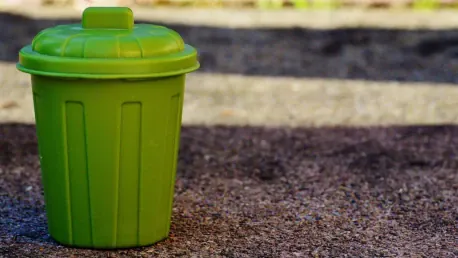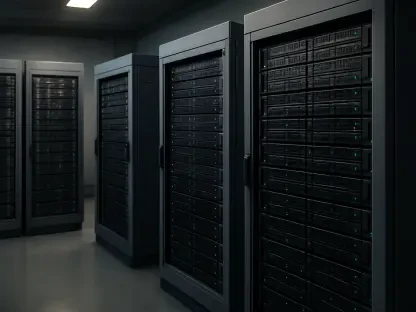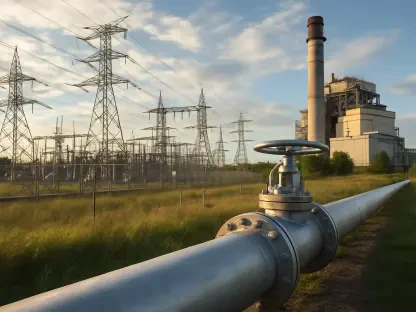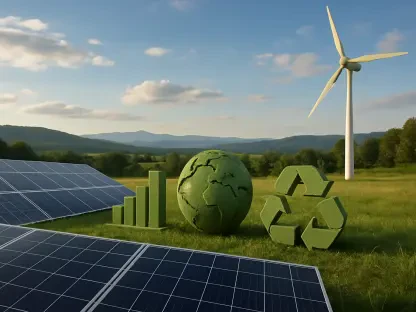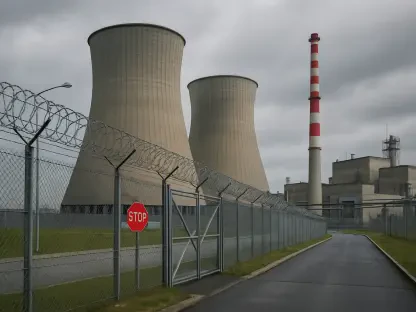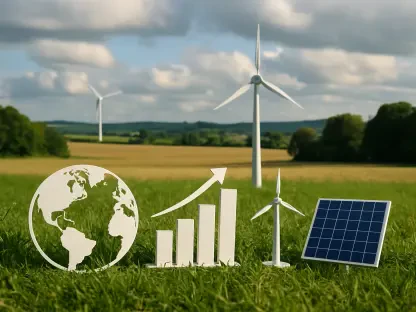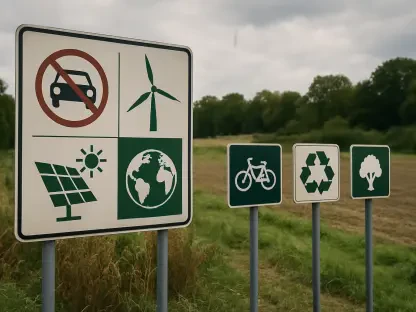In a world where environmental concerns grow more pressing by the day, the U.S. Environmental Protection Agency (EPA) is taking a stand against one of the most pervasive and challenging issues: food waste. As the agency mobilizes resources and introduces strategies to curb the detrimental impact of wasted food, one significant question arises: can EPA’s efforts truly transform food waste management by 2025? At the forefront of this battle is the initiative to boost composting rates, thereby reducing the volume of organic waste that ends up in landfills. This article delves into the EPA’s comprehensive approach, its ambitious goals, and the multifaceted efforts driving the push for improved food waste management.
The EPA’s Four-Pronged Strategy
The EPA’s comprehensive strategy to combat food waste is anchored in four primary objectives: preventing food loss, cutting down on food waste, increasing recycling rates for organic waste, and supporting policies aimed at reducing food losses while enhancing organics recycling. These objectives reflect a concerted interagency effort, particularly through collaboration with the U.S. Department of Agriculture (USDA) and the Food and Drug Administration (FDA). Through this synergistic approach, the EPA aims to achieve an ambitious target: reducing food loss and waste by 50 percent by 2030.
One key aspect of the strategy is the emphasis on preventing food loss before it spirals into waste. This preventative approach involves raising awareness about food waste issues, educating consumers and businesses on best practices for reducing excess, and encouraging better food purchasing and consumption habits. By targeting the stages of the food lifecycle where loss is most likely, the EPA hopes to make a significant dent in the overall figures. The success of these measures hinges on widespread public engagement and the willingness of all stakeholders to participate in meaningful change.
Efforts to Increase Composting Rates
A staggering 60 percent of food waste currently finds its way into landfills, contributing to an array of environmental issues including methane emissions and the overuse of landfill space. In contrast, a mere 5 percent is composted, representing a significant missed opportunity for environmental improvement. To tackle this imbalance, the EPA is driving initiatives to enhance composting rates across the nation. One such tool in the EPA’s arsenal is the Avoided Landfill Food Waste Methane Emissions Calculator, designed to help users estimate the methane emission savings achieved by diverting food waste from landfills.
The emphasis on composting is not merely about waste diversion but also about harnessing the benefits that compost can bring to soils and agriculture. Composting food waste turns a potential environmental burden into a valuable resource, enriching soils, reducing the need for chemical fertilizers, and promoting healthier crop yields. The EPA’s efforts include not only promoting home and community composting but also encouraging municipalities to establish and expand composting programs. By making composting more accessible and providing information on its benefits, the EPA aims to spark a nationwide shift toward more sustainable waste management practices.
Public Education and Engagement
Education and community engagement are pivotal components of the EPA’s strategy to combat food waste effectively. The agency recognizes that transforming public attitudes and behaviors toward waste requires more than just policy changes; it necessitates a cultural shift. Through targeted campaigns and educational programs, the EPA aims to increase public awareness about the environmental and economic impacts of food waste and the advantages of composting.
Collaboration with local governments, schools, businesses, and community organizations forms the backbone of these educational initiatives. By partnering with different sectors of society, the EPA can ensure that messages about food waste reduction and composting reach diverse audiences. Encouragingly, many communities are already embracing these strategies, setting examples for others to follow. The goal is to foster a sense of collective responsibility and empower individuals to take actionable steps toward reducing their food waste.
Future Research and Initiatives
In a world increasingly concerned with environmental issues, the U.S. Environmental Protection Agency (EPA) is tackling one of the most persistent and challenging problems: food waste. As the agency gears up with resources and new strategies to mitigate the adverse effects of wasted food, a crucial question emerges: can the EPA genuinely revolutionize food waste management by 2025? Central to this endeavor is the initiative to increase composting rates, thus decreasing the amount of organic waste that ends up in landfills. This article explores the EPA’s holistic approach, its ambitious objectives, and the various efforts propelling the drive for better food waste management. The agency plans to introduce nationwide composting initiatives, educate the public on waste reduction, and collaborate with local governments and businesses. By focusing on community involvement and innovative solutions, the EPA aims to create a sustainable framework that significantly curbs food waste, leading to a greener, more sustainable future for all.
